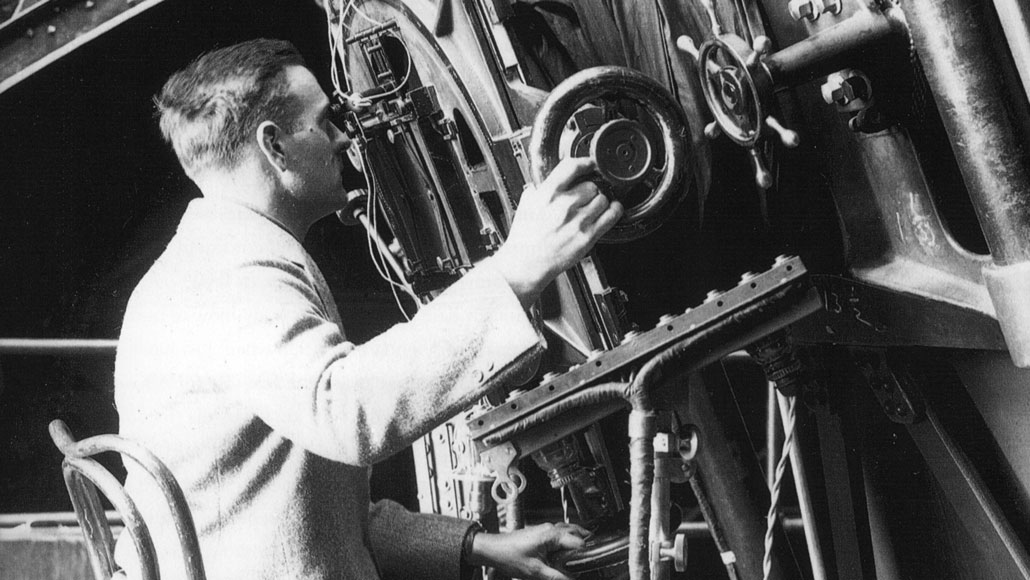AMICOR 3.050
#Dra. Valderês A. R. Achutti (*13/06/1931+15/06/2021)
Em Wasington, março 1996 - Encobrindo o obelisco...
#From: Pocket collections
Every Planet in the Solar System
A guided tour of our planetary neighborhood, from mysterious Mercury to the dwarf planet Pluto and the search for the elusive Planet Nine.
Pocket Collections- Alex Dalenberg
:extract_focal()/https%3A%2F%2Fs3.amazonaws.com%2Fpocket-collectionapi-prod-images%2F2571aec2-83a1-42ab-9e03-110ac77705fa.png)
:extract_focal()/https%3A%2F%2Fs3.amazonaws.com%2Fpocket-collectionapi-prod-images%2F2571aec2-83a1-42ab-9e03-110ac77705fa.png)
Mercury is shrinking. Venus may once have been as fit for life as Earth. It rains diamonds on Neptune.
Get to know the planets beyond ”My Very Excellent Mom Just Served Us Noodles” with one
fascinating thing to read about each of the eight, or, depending on who you ask, nine worlds in our
Solar System. Yes, we’re throwing Pluto a bone.
#From: Science News
10 scientific surprises of Science News’ first 100 years
Antimatter, dark energy, plate tectonics and the role of DNA were unexpected discoveries
n 1929, Edwin Hubble (shown here at Mount Wilson Observatory) showed that more distant galaxies were
flying away from us faster than nearby galaxies, which suggested an expanding universe.
PICTORIAL PRESS LTD/ALAMY STOCK PHOTO
From the day Archimedes cut his bath short to shout “Eureka,” science has been a
constant source of surprises.
Even after the abundant accumulation of knowledge in the intervening two millennia,
science still retains the capacity to astonish, and the century since Science News began
reporting has produced its share of shocking discoveries. Some such surprises happened
suddenly (if not necessarily with eureka moments); in other cases, revolutionary shifts in
understanding took a while to seep slowly into general scientific awareness.
In either case, Science News was sooner or later on the job during the last 100 years,
identifying and reporting the never-ending series of surprises, too numerous to mention
here, except for my Top 10./;../
#From: Live Science
 |
(ESA/Hubble & NASA/S. Jha/Acknowledgement: L. Shatz) |
oop of light.
The circle, also called an Einstein ring after the famous physicist who predicted its existence,
came about due to a galactic-scale illusion. The galaxy this so-called "molten ring" curls
around is called as GAL-CLUS-022058s and it is located in the Southern Hemisphere
constellation of Fornax, the Furnace.
As scientists affiliated with the Hubble Space Telescope wrote in a statement, the big ring is
actually a light smear created by a lensing effect that occurs when a foreground object with
strong gravity magnifies the light of a more distant galaxy behind it. New research suggests
that we are seeing the galaxy in the ring as it was about 9 billion years ago, when the universe
was only about one-third its present age of 13.8 billion years.
Full Story: LiveScience (9/26)
#From: Quanta Magazine
| ||||||||||||||||||||||
| ||||||||||||||||||||||
|











No comments:
Post a Comment